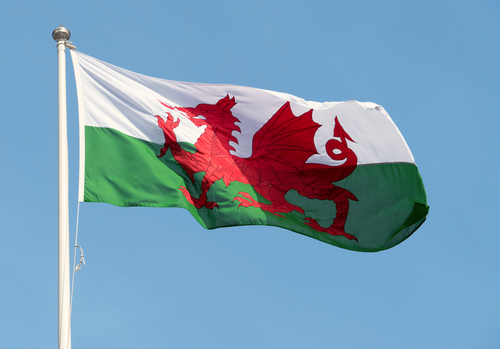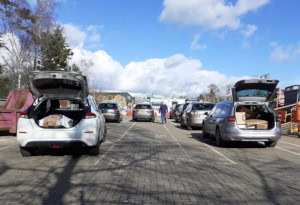
An overhaul of waste and recycling collections in the city began in September 2014, when almost 20,000 households switched to a new service aimed at expanding kerbside capacity for recyclables.
Under the revisions, 240-litre green residual bins have now become commingled recycling bins, with a smaller 140L grey wheelie bin rolled out for residual waste.
Meanwhile, blue recycling boxes will continue to be used for separate collections of glass and WEEE. However, red boxes that were previously used for separate plastics, bottles and cardboard collections have been phased out altogether (see letsrecycle.com story).
According to the council, recycling rates have already increased in the areas with access to the new service – with the amount of materials recycled rising from 2kg to an estimated 3kg per week.
Residents
The council is also keen to show residents have adapted to the new service, publishing a number of comments made from those affected by the September roll out.

Juliet Shields, who lives in Craigentinny, said: “Before the new service I didn’t recycle very much, so when I saw it was happening I thought ‘I’m going to have to get on top of this’. I’ve found the new service great – there’s so much more stuff we can get rid of, it just seems much better to me now.”
Joyce Grieve, who lives in Restalrig – another area of the city to receive the new service – said she ‘loved’ the bigger recycling bin as it allowed her to deposit items such as large cardboard boxes.
Roll out
Another 17,000 households are due to adopt the new collection service before 2015, with the remaining 140,000 properties to come on board over the next year.
Recycling collections are currently carried out by private contractor Palm Recycling, however the council will bring the service in-house alongside its refuse, food and green waste collections from summer 2015.
Environment Convener, Councillor Lesley Hinds, said: “These figures are extremely heartening and demonstrate the impact the new service is bound to have on recycling in the city.There is no doubt we need to reduce the amount of waste being sent to landfill, and I am confident that the public will help us to achieve this, as the first phase of the roll-out has shown.”
She added: “As we introduce the service to more and more households, we will continue to learn from the process, making every effort to help people adjust to the changes.”
Falkirk
Edinburgh currently recycles just under 40% of its waste, short of the ambitious target of 70% by 2025. The councils approach follows similar changes to boost recycling in Falkirk and Fife.










Subscribe for free